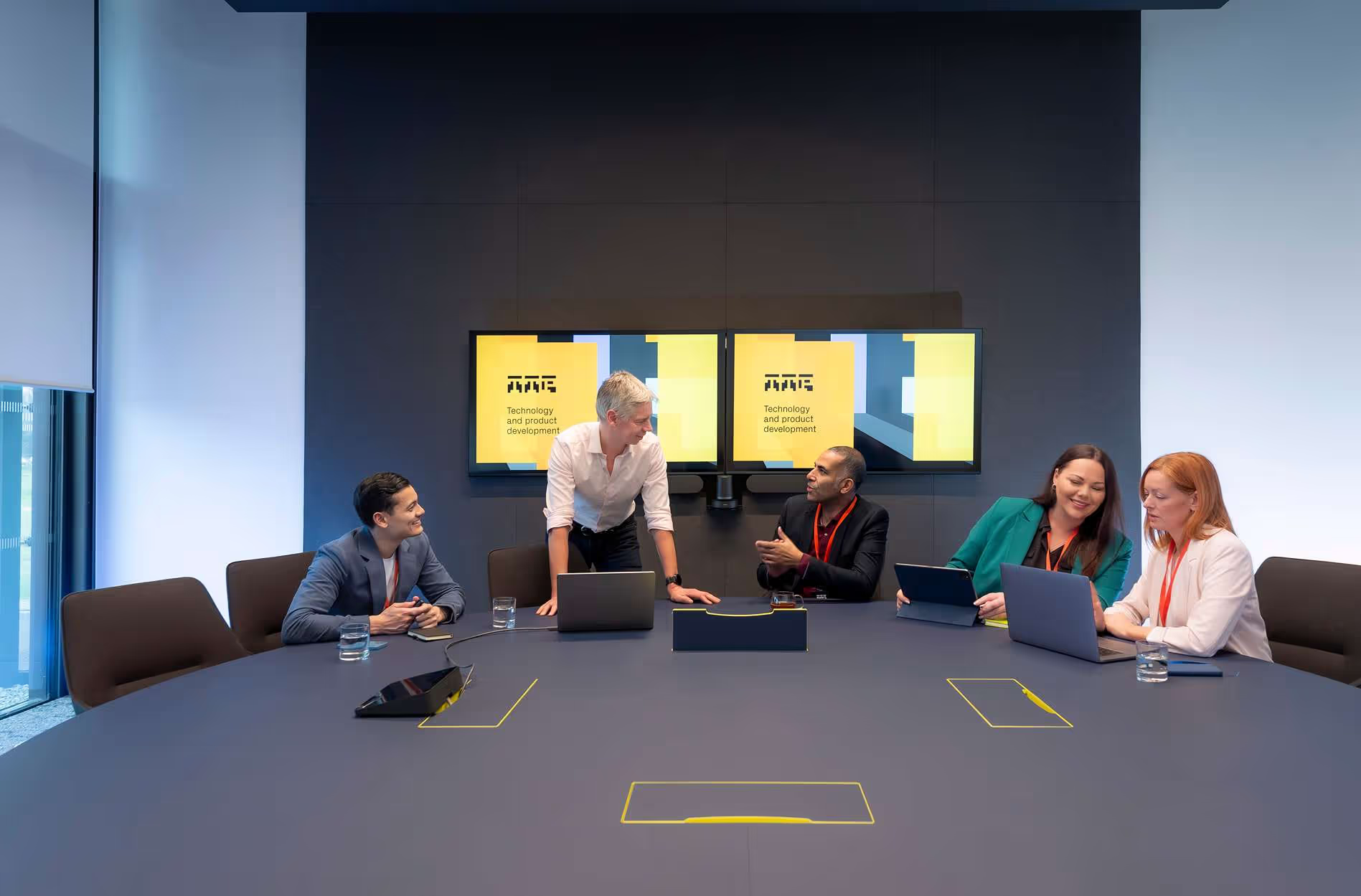Working against the clock to develop a complex industrial product
Context
Hundreds of facilities in the USA and Europe use Pitney Bowes automation technology to create postal mail on an industrial scale for applications such as banking, insurance, and client communications. Single lines in these facilities produce up to 26,000 mail pieces per hour.
Solution
When a key consumable became unavailable, TTP delivered a new print module from initial briefing to commercial availability in just 9 months. TTP leveraged its large multi-disciplinary team and its network of suppliers to transfer the solution to volume production in record time despite the Covid-19 pandemic.
Result
Industrial mail facilities were kept running at full capacity and supply problems were avoided.
The lifecycle of capital-intensive, specialist industrial equipment is typically longer than the lifecycle of the rapidly-evolving, high-tech components that are incorporated into its design. This can lead to supply-chain challenges for new build of mature designs and for ongoing support of the installed base.
When Pitney Bowes faced a shortage of replacement inkjet heads for its installed base of industrial mailing lines, a partner was needed that could rapidly develop and commercialise a like-for-like replacement of the original module but with updated print technology. The replacement print module needed to be available in the space of months.
The requirements included custom electronic hardware, embedded software, ink delivery hardware, motors and mechatronics, and an assembly process, jigs, fixtures, and test equipment fit for a bill of materials that numbered over 400 parts.
TTP rapidly assembled a multi-disciplinary team that worked closely with Pitney Bowes’ own specialists and procurement team to develop a new design, prototype and validate the solution, and bring onboard the suppliers that would be required to manufacture the new print module at the required rate of 100 systems per week.
The fact that TTP were able to deliver such a complex electromechanical solution meeting both our functional spec and our aggressive time-line, would have been impressive at the best of times, but to do this in the midst of a pandemic was quite outstanding. All credit to the team and their dedication in the most challenging of circumstances.
Carl Chapman
Vice President Innovation, Pitney Bowes
TTP’s work started with a rapid phase of work to identify and assess the available options, recommend a solution, and to forecast delivery dates and costs. This included selection of the print technology and exploring the trade-off between print module features and achievable delivery date.
A project plan was created to minimise timescales and monitor progress against regular, ambitious, well-defined milestones. In particular, a modular outline design was proposed that would allow alternative designs to be developed in parallel. This would allow “plan B” solutions to be developed concurrently that could be swapped into the design in the case of problems with “plan A”.
The outputs from TTP’s initial phase gave stakeholders confidence in the project and, while the work was progressing, TTP assembled a larger team to deliver the plan.
Rapid delivery and reduction of technical risk were top priorities in the development phases of the project. Proof-of-concept work, software development, and FPGA design started immediately using assemblies of development kits from vendors of key components.
Custom, production-intent modules were designed to interface directly to the proof-of-principle hardware so that these modules could be tested and integrated as soon as prototypes were available and before the design of the system as a whole was complete.
The electronics hardware was designed as several separate circuit board assemblies so that these could be worked on in parallel, with a team on each, to reduce development time. Short lead-time equivalents were designed for mechanical assemblies that required long lead-time tooling. This meant that prototypes could be built earlier and the risk of late-stage tooling issues was mitigated.
Achieving a fit-for-purpose design was one half of the challenge. The other half was establishing a supply chain that could quickly ramp up to the target production rate. This was achieved using a combination of companies from TTP’s network and Pitney Bowes’ established suppliers. Manufacturing considerations were at the fore from the start of the design process with delivery date being a key criterion in the component selection process.

The first prototypes were assembled at TTP to assure the earliest possible delivery date. Subsequent prototype builds were assembled by the manufacturing partners so that production and build processes could be defined, tested, and developed prior to large-scale orders being placed. This also enabled production jigs, fixtures, and automated end-of-line test equipment to be developed and tested without extending the project timescale.
When the first prototypes were available, TTP and Pitney Bowes engineers worked closely together with much of the functional testing being undertaken by Pitney Bowes and subsequent design updates being undertaken by TTP. Activities were coordinated through daily online meetings. Hardware was shipped between labs using overnight transatlantic services, and shared folders were used to exchange information and software updates.
This close collaboration enabled Pitney Bowes to progressively take on more of the design modification activities, facilitating an effective handover of the design and enabling Pitney Bowes to take on the role of design authority with TTP support before TTP’s engagement ended.








